Astronomers presented compelling evidence at the Europlanet Science Congress that interstellar objects—icy wanderers ejected from distant star systems—are far more common in our galaxy than previously believed. Analysis suggests there may be as many as 10^26 to 10^30 such bodies drifting through the Milky Way, implying that at any given moment “there is almost always one within the solar system,” though their faintness and high speed make detection rare (Space.com).
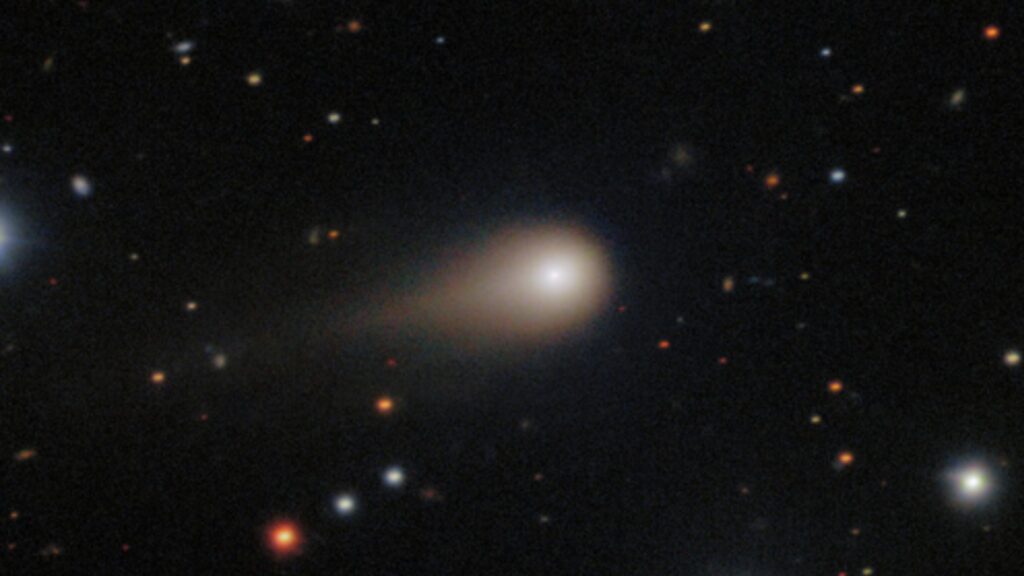
3I/ATLAS: The Latest Interstellar Visitor
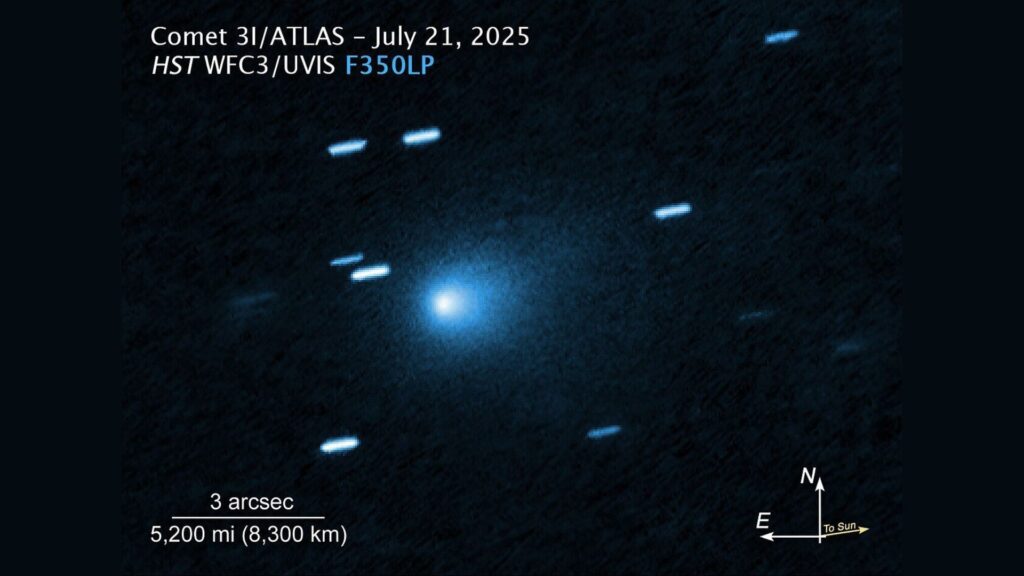
Comet 3I/ATLAS—spotted July 1, 2025, by the ATLAS telescope in Chile—became the third confirmed interstellar object after ‘Oumuamua (2017) and 2I/Borisov (2019). 3I/ATLAS follows a hyperbolic trajectory at ~58 km/s relative to the Sun, confirming its extrasolar origin. It will reach perihelion on October 29, 2025, at 1.4 AU, safely passing outside Mars’ orbit and never coming closer than 1.8 AU to Earth. Observations by the James Webb Space Telescope reveal its nucleus—likely under 1 km in diameter—contains water ice, water vapor, CO₂, CO and carbonyl sulfide. Recent imaging captured a striking green coma, attributed to intensified solar-driven photochemistry (Phys.org).
Origins in the Ancient Thick Disk
Oxford’s Chris Lintott and colleagues estimate 3I/ATLAS may be ~8 billion years old, making it possibly the oldest object ever studied up close. Its near-ecliptic incoming path suggests origin in the Milky Way’s thick disk—a reservoir of ancient, metal-poor stars. Simulations indicate a two-thirds probability it formed around low-metallicity stars, consistent with its icy composition and hyperbolic velocity distribution distinct from younger, inner-disk objects.
Galactic Abundance and Detection Prospects
Based on discovery rates and survey volumes, researchers infer hundreds of millions of trillions to a trillion trillion interstellar bodies pervade our galaxy. Although detection remains challenging—these objects are dark, small and streak across the sky—the Vera C. Rubin Observatory’s Legacy Survey of Space and Time (LSST) is poised to transform the field. Models predict LSST could detect 6–51 interstellar objects over its 10-year survey, with annual rates of up to 70 detections, thanks to its 3.2-gigapixel camera, rapid sky coverage and automated moving-object alerts (Space.com).
Laboratories for Planetary Formation
Interstellar visitors offer unique windows into planet formation across time and space. Chemical analyses of 3I/ATLAS and other objects permit comparisons between solar and extrasolar building materials. Theories presented at the congress suggest that captured interstellar bodies may even act as “planetary seeds,” triggering planet assembly in nascent star systems, especially around massive young stars where disk lifetimes are brief.
Technological and Scientific Imperatives
Upcoming missions and observatories—from Comet Interceptor to coordinated ground and space telescope campaigns—aim to intercept or monitor interstellar intruders. Data on their composition, structure and frequency will refine models of galactic chemical evolution and the distribution of volatile species. As Lintott noted, while only three have been identified so far, the sheer abundance implies interstellar objects are “the Milky Way’s most common macroscopic travelers,” offering a revolution in our ability to sample extrasolar material directly within our cosmic backyard.




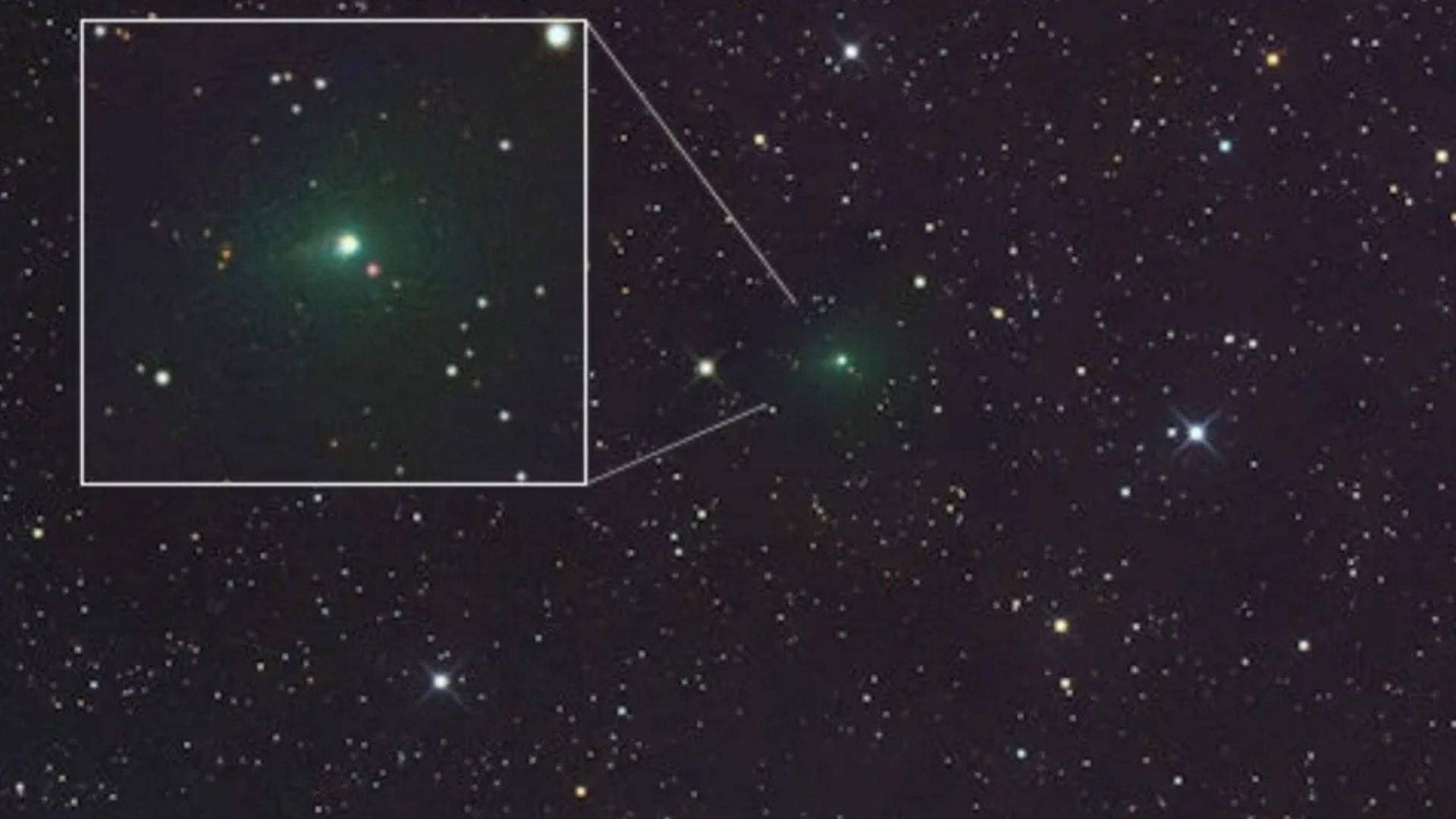
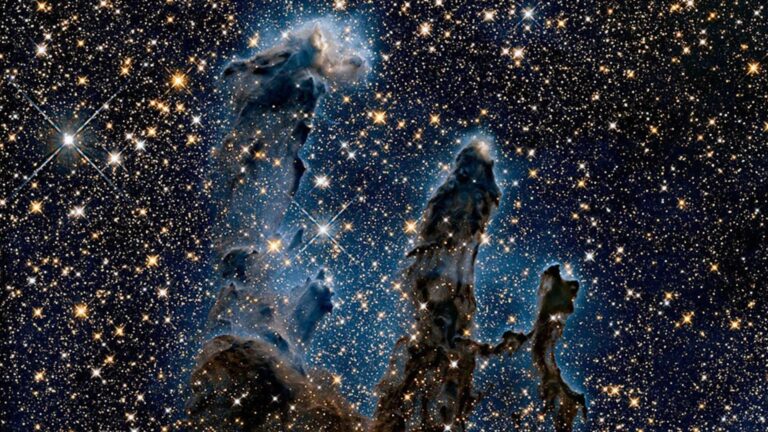
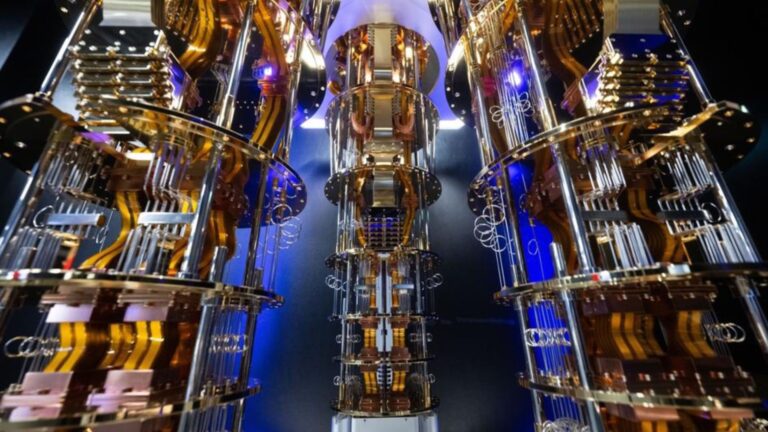
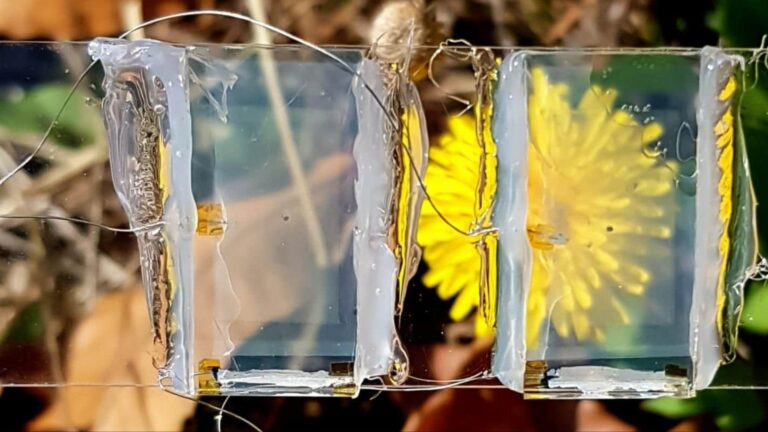





Your point of view caught my eye and was very interesting. Thanks. I have a question for you. https://accounts.binance.com/kz/register-person?ref=K8NFKJBQ